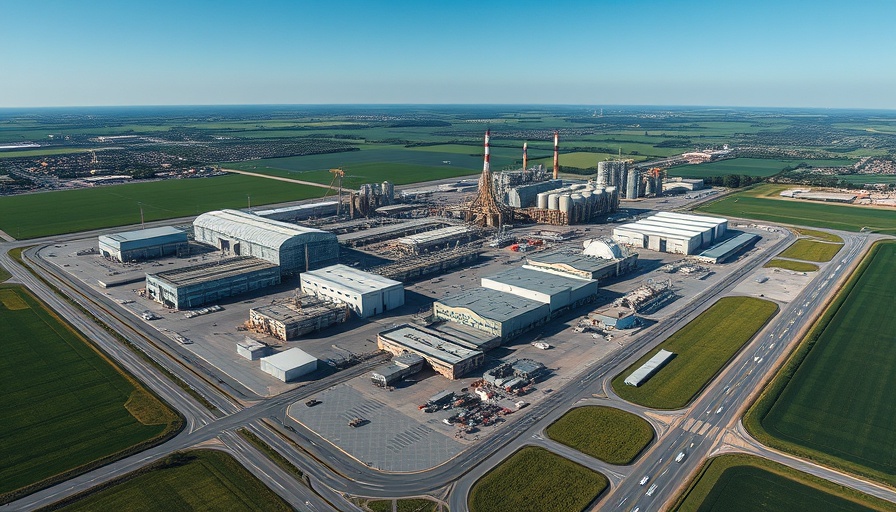
A New Era for Environmental Reviews: What to Expect
The recent updates to NEPA (National Environmental Policy Act) procedures herald the dawn of a transformative phase for federal environmental reviews—a change that may reshape the landscape of commercial construction. Federal agencies are being encouraged to streamline their processes, aiming to enhance efficiency while balancing the need for environmental stewardship. As clients of commercial construction companies, understanding the implications of these changes is crucial for navigating project efficiency, cost management, and achieving high-quality outcomes.
The Drive for Efficiency
With the government striving for more timely decisions, these NEPA updates could significantly expedite project timelines. For construction firms, particularly those focused on large-scale developments, this could mean reduced waiting periods for permits and approvals. The quicker the green light, the sooner projects can break ground and enter the operational phase, thereby maximizing revenue potential and lowering costs associated with prolonged planning stages. Imagine it as a freeway merging from two lanes into one—suddenly, everyone zooms ahead rather than waiting in a long queue.
Balancing Growth and Environmental Responsibility
While striving for efficiency, it is imperative that construction firms do not compromise on environmental integrity. The emphasis on both streamlined reviews and environmental consequences calls for a sophisticated approach wherein companies can leverage sustainable building practices without slowing down. Sustainable materials, for example, can be utilized without sacrificing efficiency; technologies such as Building Information Modeling (BIM) can aid in visualizing projects while ensuring compliance with environmental regulations.
Future Trends: The Role of Technology
The integration of technology into construction is not just a trend; it's becoming a necessity. With NEPA updates, the potential for automation in environmental reviews grows, allowing firms to harness data-driven insights for quicker assessments. Imagine using AI to analyze environmental impact data as quickly as one sips coffee on a Monday morning. This leads to not only a more agile project workflow but also fosters a culture of innovation that can set a firm apart in a competitive market.
Conclusion: Getting Ahead of the Curve
As NEPA updates take shape, clients of commercial construction firms should stay informed and agile. Understanding these shifts can position businesses for success, ensuring that projects are completed efficiently and sustainably. Take proactive steps: invest in training and new technologies to navigate this evolving landscape. The future of construction doesn’t just stay at the promising horizon; it's the road beneath our feet, ready for us to carve our path.
 Add Row
Add Row  Add
Add 




Write A Comment